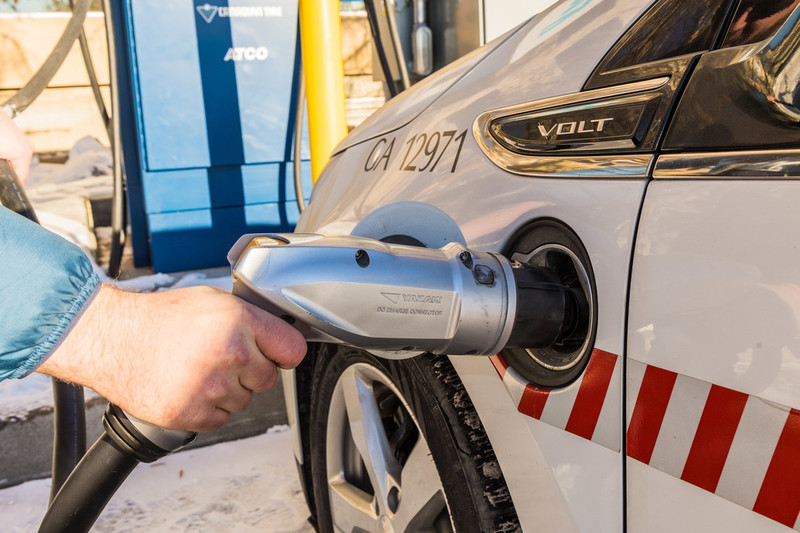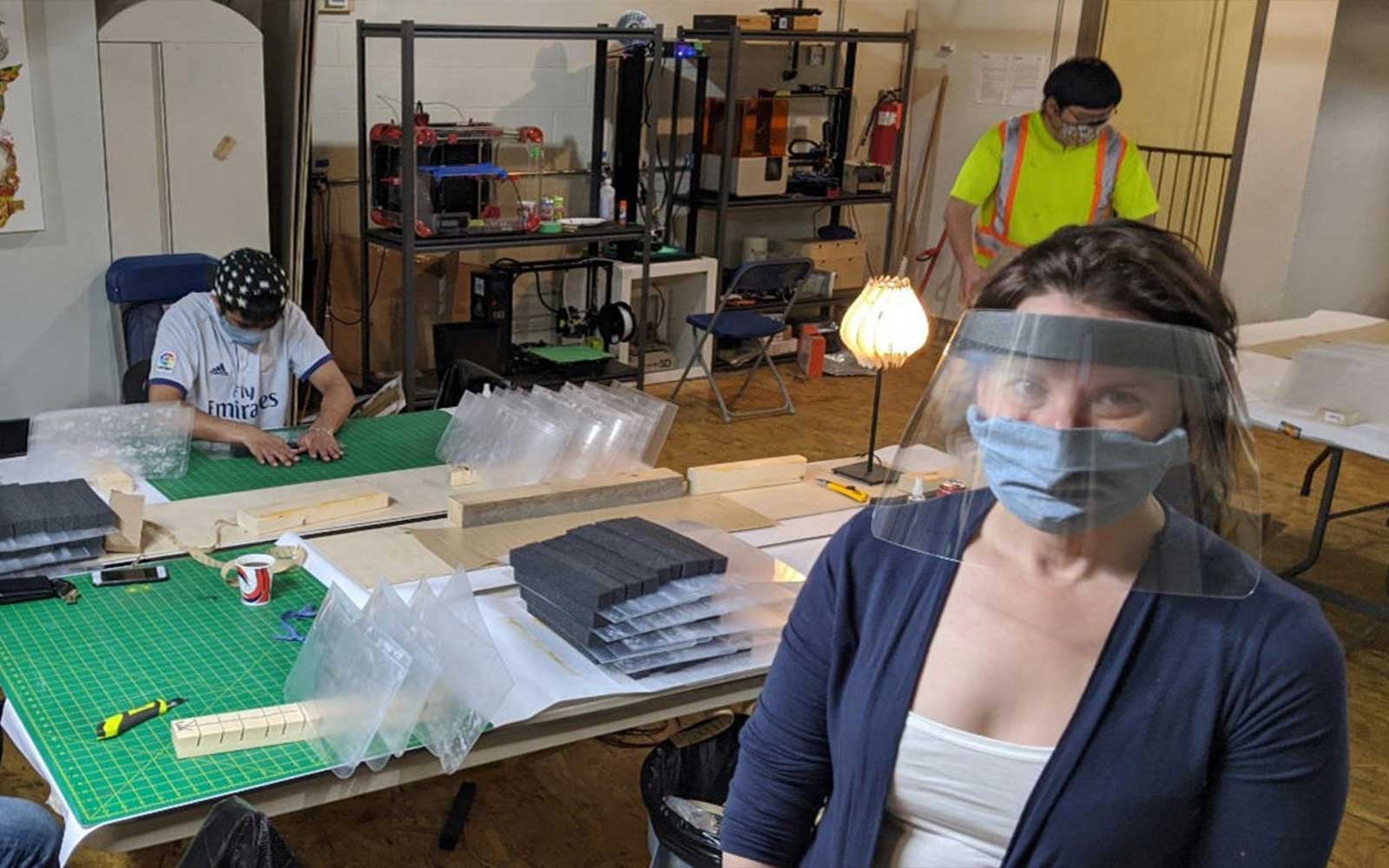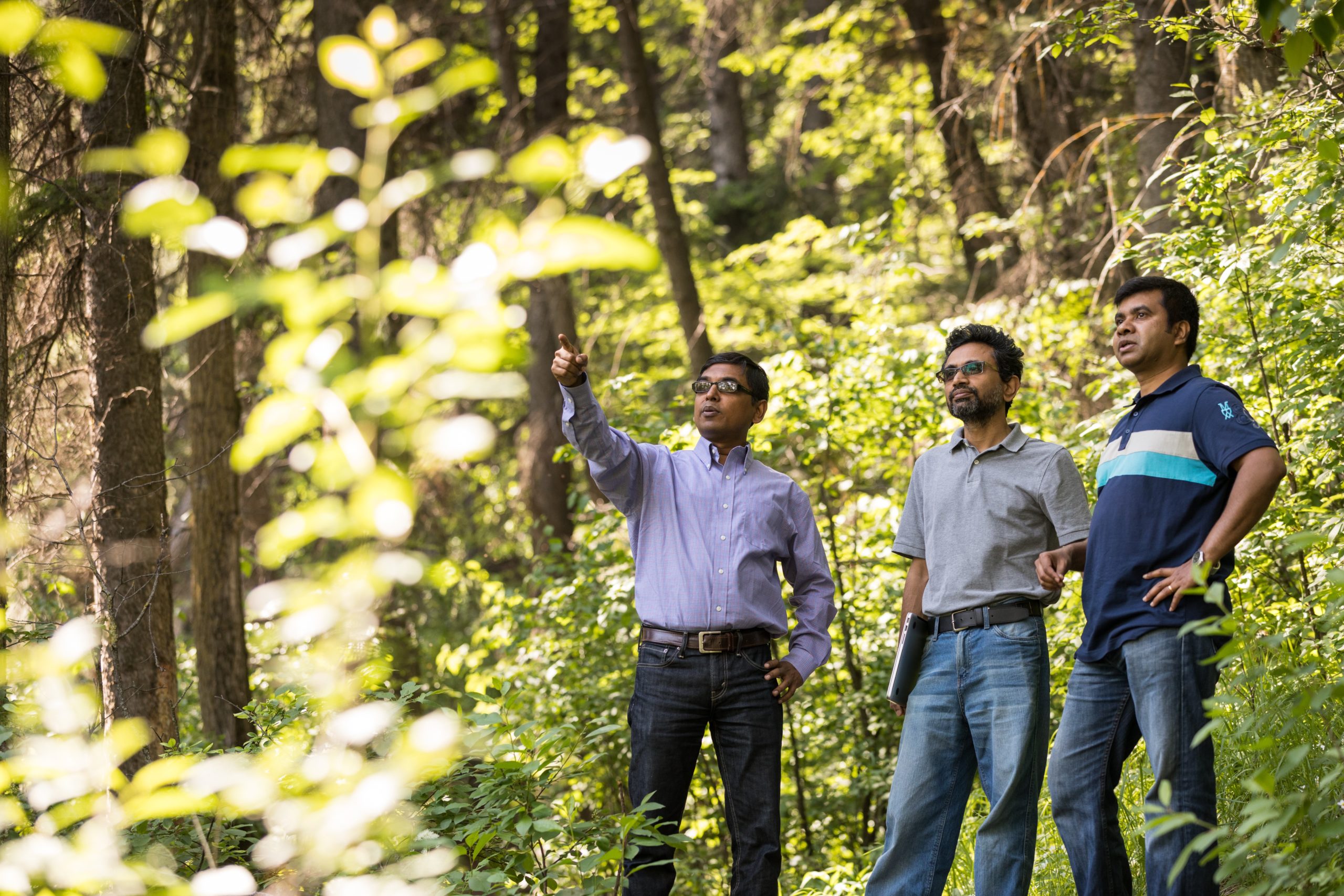Photo courtesy of City of Calgary Climate Program
Engineering a Climate-Resilient Future
Floods. Wildfires. Hailstorms. Drought. Extreme weather events in Alberta have caused billions in damage over the past decade.
Across the province, professional engineers like Brit Samborsky are taking action to mitigate climate change risks. He leads the City of Calgary’s Climate Program, adopted in 2017, which outlines how the city, along with its citizens and businesses, can build a more climate-resilient future.
Brit Samborsky, P.Eng.

Photo courtesy of City of Calgary Climate Program
“As engineers, our task is to design infrastructure for a future that looks different than today—infrastructure that needs to withstand the changes we are expecting,” explains Samborsky, a mechanical engineer who holds a master’s degree in environmental management and policy. “Our role is critical to public safety and efficient operations.”
In 2013, historic flooding hit southern Alberta and caused more than $400 million in damage to the city’s infrastructure. Hail, wind, and heavy rainstorms that hit the city in recent years have also caused millions in damage. These are just a few local examples.
“Since 2008, Alberta has made up more than half of the catastrophic insured losses across Canada,” says Samborsky. “Climate change is a risk multiplier, which means that events that are naturally occurring can become more intense and more frequent as a result of climate change.”
Climate modelling shows that by 2050, Calgary’s climate will be hotter and wetter, bringing more heat waves, localized flooding, and severe winds.
2013 flooding in Calgary, Alberta
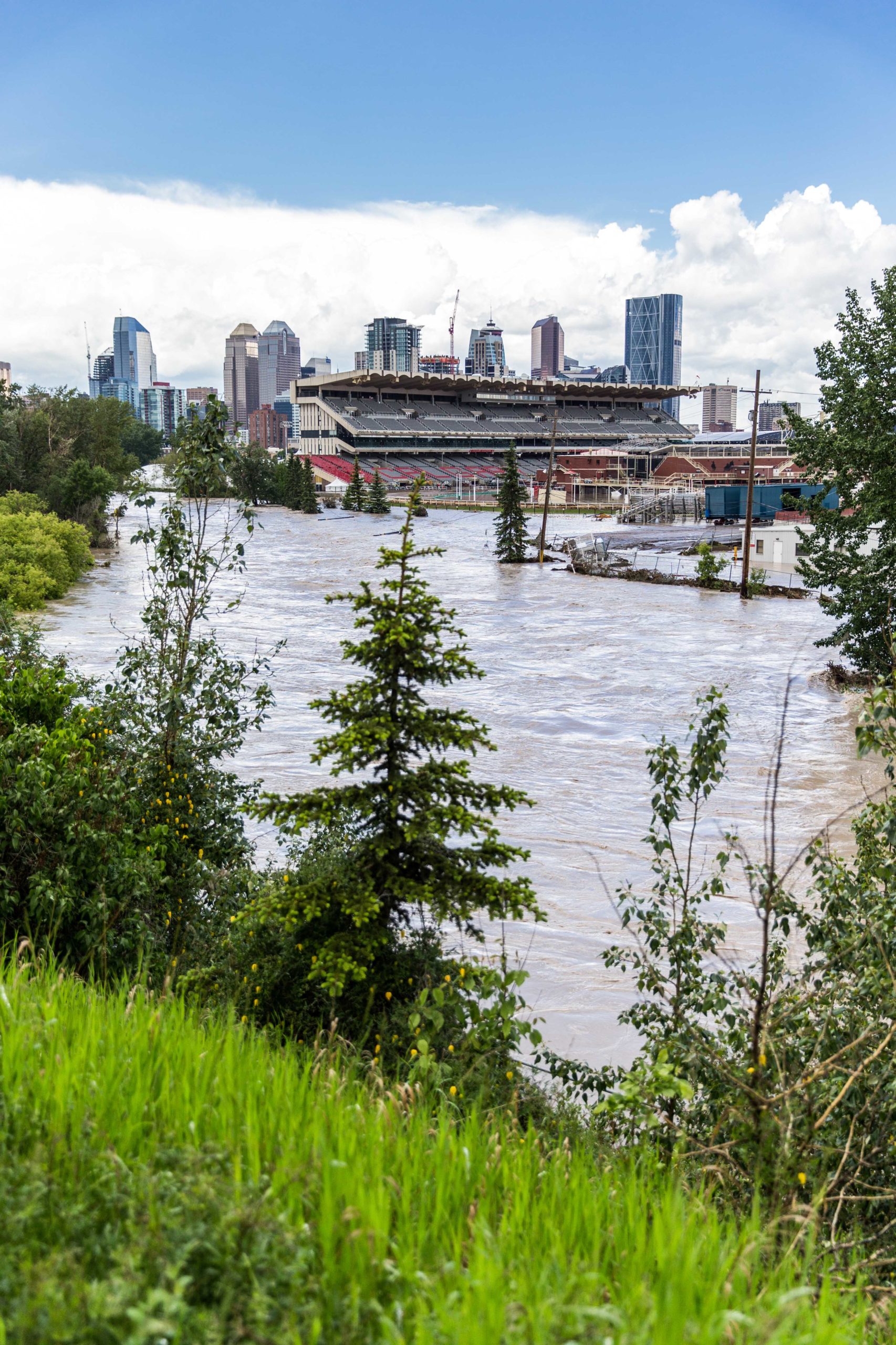
Photo courtesy of City of Calgary Climate Program
As part of its Climate Program, Calgary city council approved a Climate Resilience Strategy in 2018. It’s aimed at reducing greenhouse gas emissions, improving energy management, and implementing risk management measures to reduce the impact of extreme weather on infrastructure and services.
Climate Program staff are engaging with other city staff, industry, and citizens across several key sectors—in buildings, energy systems, land use, transportation, consumption, and waste—to accelerate the successful transition to a low–carbon future.
Calgarians will see direct benefits as a result, according to Samborsky, including reduced energy costs and improved health, comfort, and livability.
The city is focusing on providing services that use less energy and have lower environmental impact. Since 2012, for example, it has been using 100 per cent renewable electricity—mostly wind power—to run its operations.
Taber Wind Power Project
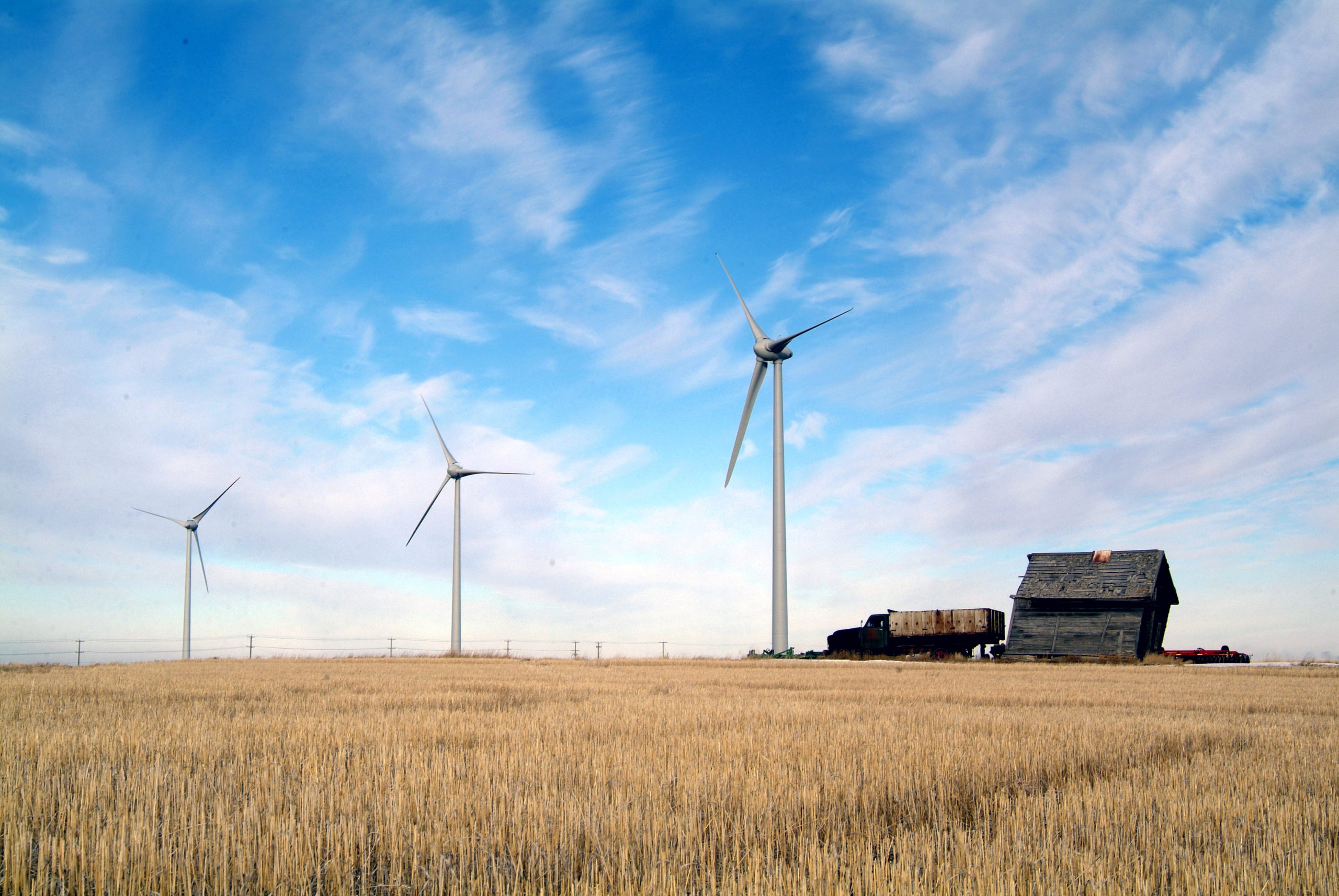
Photo courtesy of City of Calgary Climate Program
More recently, the city adopted an electric vehicle strategy to meet the growing demand for electric vehicle infrastructure and support faster adoption of electric vehicles—another step in reducing emissions.
Forty-two electric vehicle charging stations were installed in downtown Calgary Parking Authority parkades. The city is also participating in the Peaks to Prairies Electric Vehicle Charging Network, which is building 20 fast–charging stations in southern Alberta, including four in Calgary, that can charge an electric vehicle in less than an hour.
GreenFleet vehicle stops at charging station
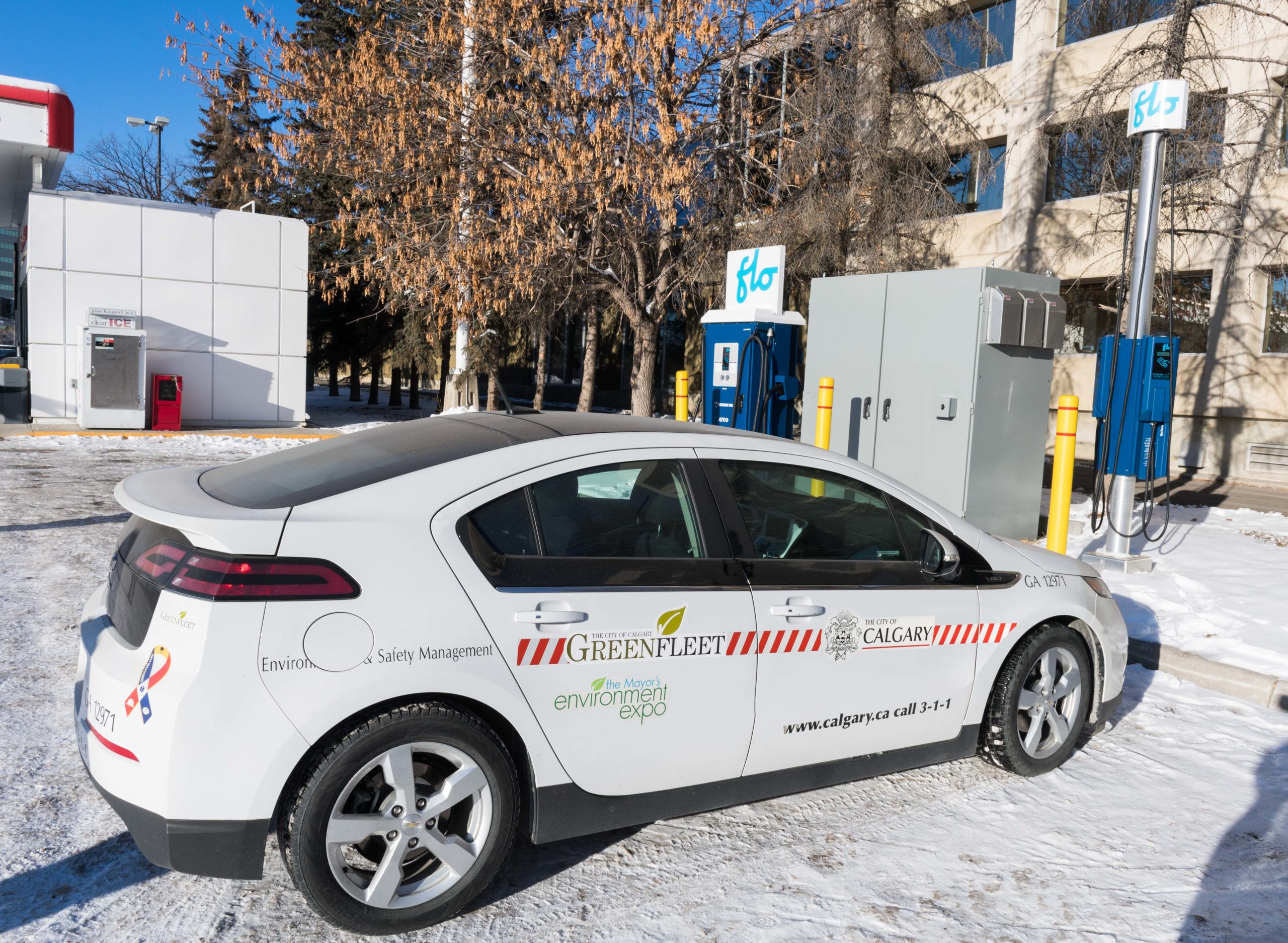
Photo courtesy of City of Calgary Climate Program
Calgary’s focus on efficient energy use even extends to the municipal wastewater treatment plants and landfills. The city “cooks” organic waste in a pressure vessel, producing natural gas that provides heat and electricity for city operations.
“We’re shifting our thinking to recover value from our waste streams—this is actually a resource–recovery facility,” Samborsky says.
